As the weather warms up bit by bit, the next important Chinese holiday, the Qingming Festival (清明節 qing ming jie), is drawing closer as well! Also known as Tomb-Sweeping Day or Clear Brightness Day (direct translation of the words that make up its Chinese name), it’s usually celebrated in the first few days of April of the Gregorian calendar—in 2022, it’ll be on April 5th.
But where did this festival come from, and how has its related traditions evolved over time? And what are some different ways that you participate in celebrating it as a hanfu and ancient chinese culture enthusiast? Let’s address these questions one by one.
How did the Qingming Festival begin?
Originally, the Qingming Festival wasn’t called 清明節 at all. It was called the Hánshí Jié(寒食節), the Cold Food Festival, and had a very rich backstory to it.
During the Spring and Autumn period of the Zhou Dynasty, in the Jin State (晉), a prince named Chong'er (重耳) was driven out of his own state by accusations of revolt against the current Duke. Only fifteen of his men followed him, helping him during his time in exile. One of these men was the nobleman Jiè Zǐtuī (介子推), who provided entertainment and even cut a piece of flesh off the side of his own thigh and cooked it with soup to stave off Chong’er’s hunger.
Later, when Chong’er returned after the previous Duke’s death and ascended to power, Chong’er was given the name 晉文公 (Jìn Wéngōng), or Duke Wen of Jin, and rewarded his followers handsomely. Jie Zitui, however, felt that his fellow officials and noblemen were dishonorable and wrought with political corruption, and in his disgust, retreated into the forests on Mount Mian (綿山) to live his life in seclusion as a hermit with his mother.
The new Duke forgot about Jie Zitui for a while, but was reminded of him by a poem, and subsequently set out to find him and welcome him back into his court. Jie Zitui, however, uninterested in politics, refused to come. In an effort to smoke him out of the forest, the duke decided to set a mild fire to three sides of the forest so that he would have to come out of the fourth side to escape the fire.
The Duke waited at the fourth side of the forest, but Jie Zitui didn’t show up—instead, after three days and three nights, when the fire finally burned out, they found the charred bodies of him and his mother underneath a burnt willow tree. Heartbroken at what he had done, the Duke renamed the county around the mountain (formerly mianshang, 棉上) as Jiexiu (介休), translating to “Jie’s Rest,” to honor Jie Zitui’s final resting place, and built a temple there. In remembrance of the soup that Jie Zitui made him during his exile as well as the fire that had killed him, the Duke also ordered a three-day period in the spring when fires were prohibited, and as a result, food could not be cooked.
Thus, the Hanshi Jie was born—without fire, people could only eat cold food. It was observed during the Qingming solar term. Later, during the Tang Dynasty, it was merged with the extravagant ancestral celebrations that people liked to participate in so that celebrations could be localized to one time of the year, and its name was switched to Qingming Festival.
How is the Qingming Festival celebrated?
Today most people most commonly associate the festival with tomb sweeping. On Tomb-Sweeping Day, people travel to the tombs of their ancestors to clean and take care of the area, ensuring a peaceful resting place for their families.
There are, however, a number of practices that are less capitalized on now but we’re much more popular a long time ago. Since the day of the Qingming Festival is also said to be the day of the best spring weather, one vital part of Qingming celebrations is to taqing (踏青)—literally, to step on the green—meaning to go out and enjoy the nature of the warming spring days.
Beyond just taking walks, people also celebrate in various methods out in nature. Planting trees, flying kites, massive games of tug-of-war and swinging on swings are all quite popular during this time of year. Willow branches and pomegranates are also often carried, placed on doors, or worn as wreaths, in both a celebration of spring and a warding off of Jie Zitui’s possibly resentful ghost, who died under a willow tree.
It’s another a Chinese festival without food—different people from different people have their own customs, but it’s possible that you might have heard of a few of the most popular Qingming foods. Qīngtuán (青团 ) are green rice balls filled with sweet bean paste that people in the Jiangnan area eat. A lot of foods like chháu-á-kóe (草仔粿), which is eaten in Taiwan, is made with jersey cudweed or chinese mugwort. Other foods including the aiban (Hakka), Zitui bun (Shanxi province), sanzi, scallion pancake, and spring roll are also often eaten in different parts of China and other countries with Han people. You'll notice that a lot of these foods are green!
That’s cool! How can I celebrate the Qingming Festival?
There are a number of ways for people of any background to celebrate, especially for those interested in hanfu culture!
One way is to go for a walk in a nearby botanical garden or park. Since it’s the best day of the spring, go taqing and enjoy the season. If you don’t have any parks or gardens near you, just a street that’s got a couple more trees or a backyard will work fine too—take the opportunity to show off your hanfu and take pictures with the blooming flowers and greenery!
If you live in a windy area, it’s a great time of year to fly kites, which can also be a great photo opportunity, as is swinging on swings, even the ones in children’s playgrounds.
Also consider buying or making a willow branch wreath to put on your front door or wear as a wreath, or even just to carry with you as you walk. They can make a great decoration or accessory!
Eating some of the usual Qingming foods can also be a great way to celebrate the roots of the holiday, but if you can't get your hands on any, just eating cold foods for the day or green ones can also show your appreciation—if you have some extra time and want to take it step further, try making your own!
That's all from me, hope that everyone enjoys their spring! If anyone does end up doing a photoshoot for the Qingming Festival, please do share! Hope you learned a little something about the origins of this holiday.

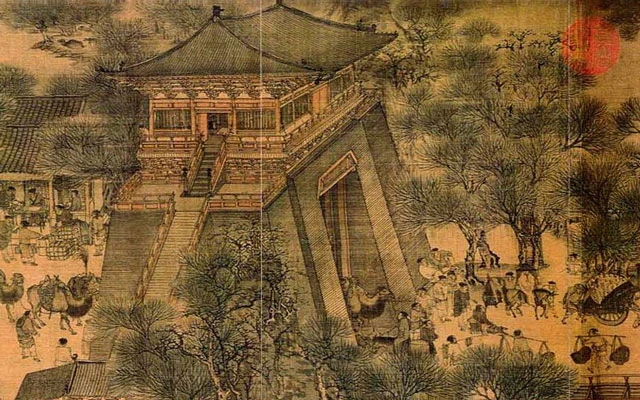
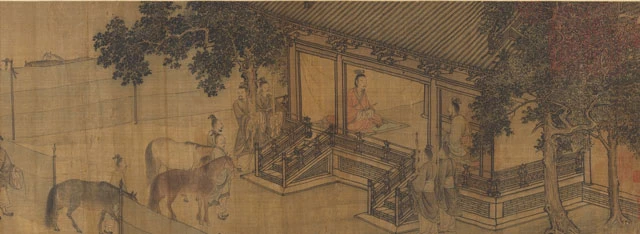
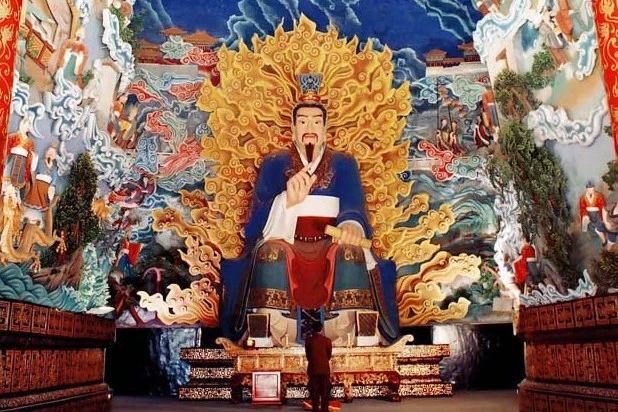
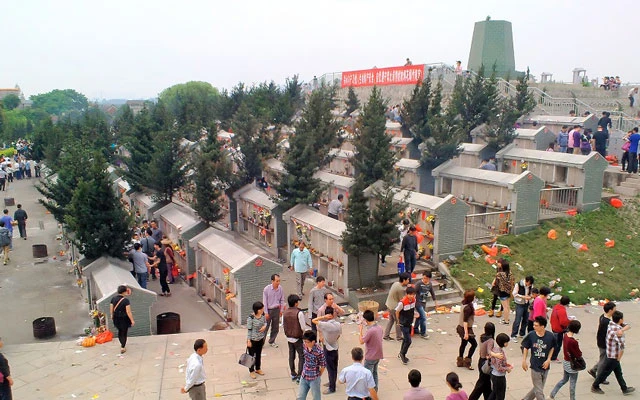
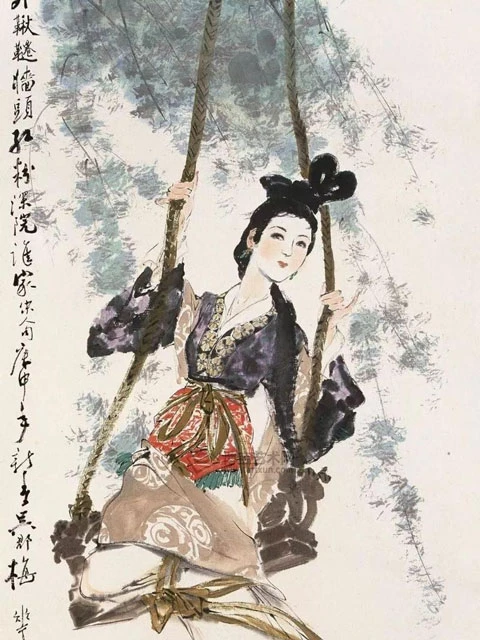
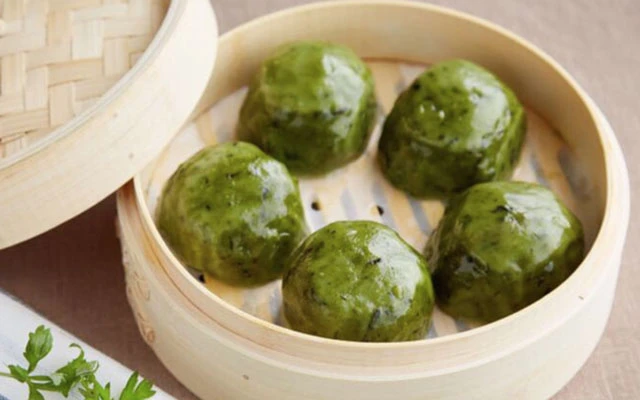
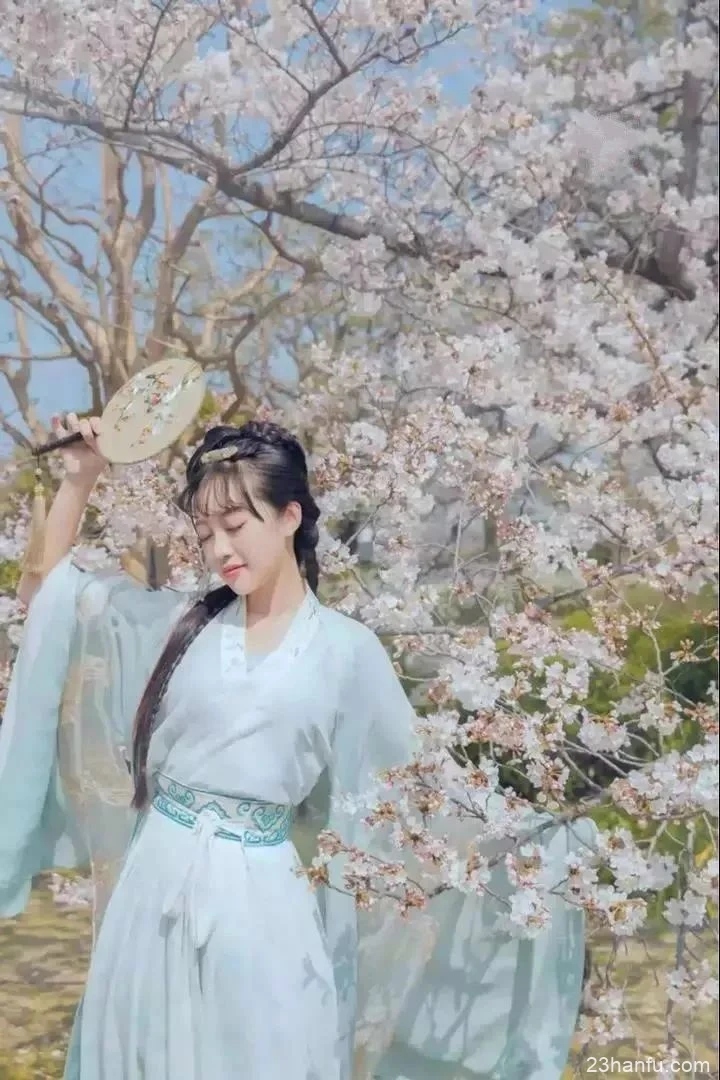
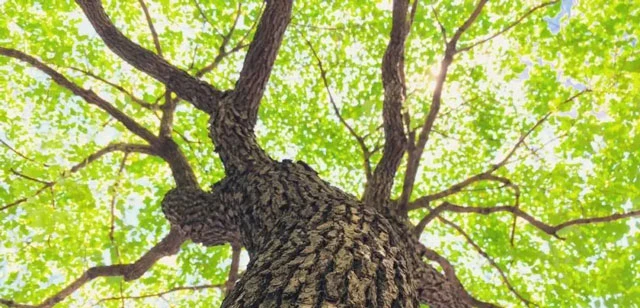

Spring is here! 🙂 Great article!
thankyou for the article😍👍
Qing tuan looks very delicious😍